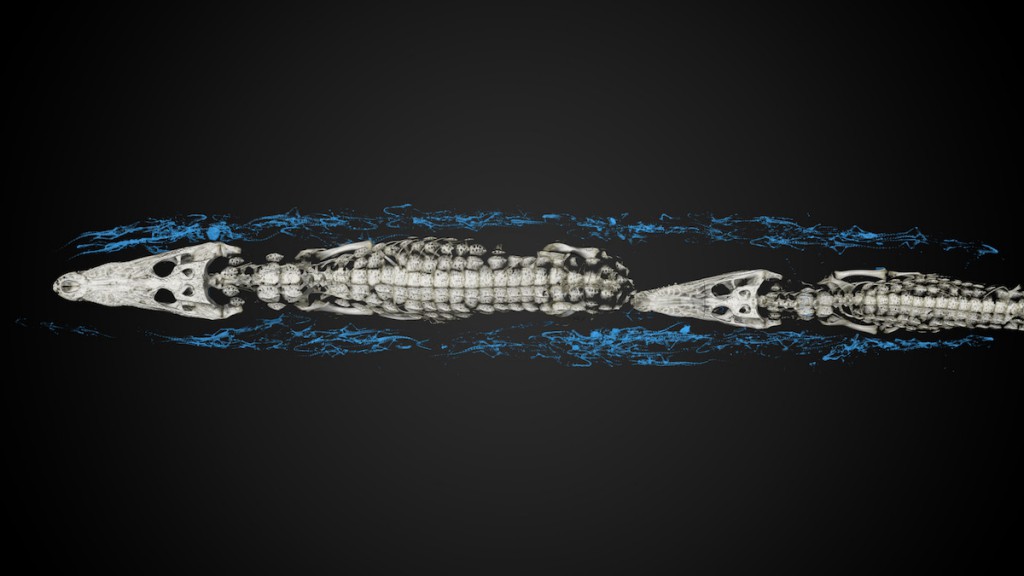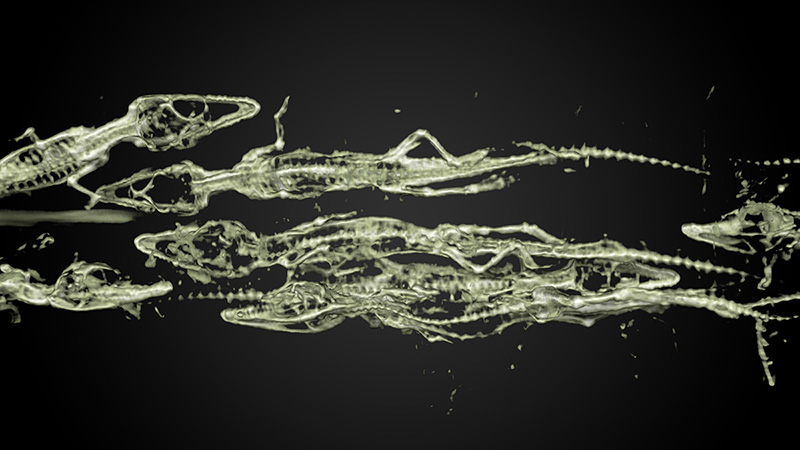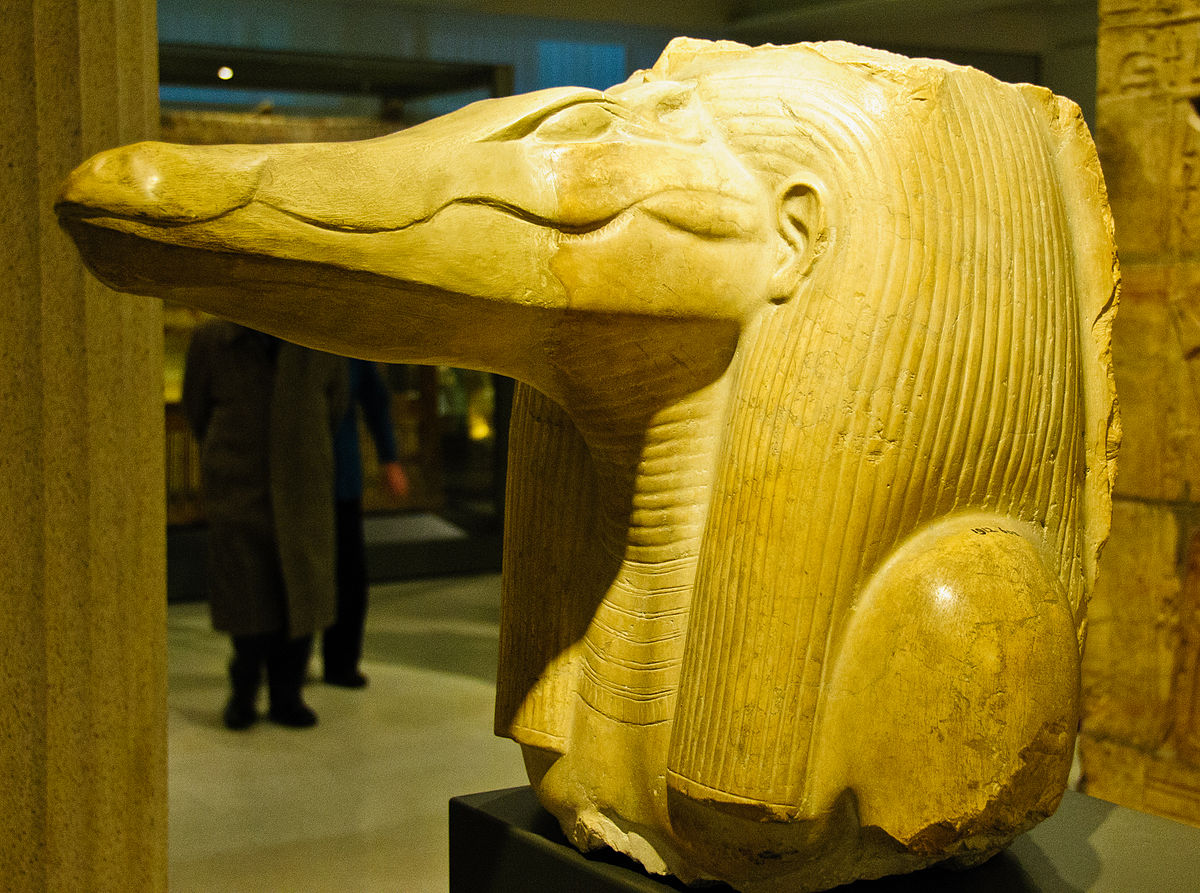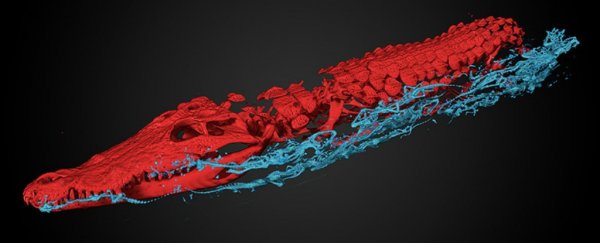Since 1828, the National Museum of Antiquities in Leiden, Netherlands, has had a 3-metre-long (9.8-foot) mummified Nile crocodile on display for its patrons.
Little did the museum officials know that more than 100 years later, they'd find that the crocodile they knew so well was actually full of an additional 47 crocodiles that were individually mummified, wrapped, and stuffed inside the larger mummy, like some grotesque turducken.
"When we started we really were not expecting new discoveries in this project the mummy was indeed already scanned that are detected with high-tech 3D scans and interactive visualisation as many baby crocodiles were was a big surprise, even scientifically," museum officials write.
This Russian nesting doll of a mummy was exposed when museum officials brought in a specialised CT scanner to make the exhibit interactive.
The goal here was to produce high-quality scans of the crocodile so guests could perform a virtual autopsy on the specimen, looking inside of it using cutting edge technologies. Once the scans came back, they were shocked to find so many other baby crocodiles inside.
This isn't the first time that researchers had scanned the croc, which is thought to be about 2,500 years old. Back in the 1990s, officials performed X-ray scans on it, revealing that there was a second crocodile inside the wrappings.
But finding at least 47 more has been quite the discovery.
To show this clearly, here's one of the scans:
 National Museum of Antiquities/Interspectral
National Museum of Antiquities/Interspectral
You can clearly see here the two larger crocodiles, but the most interesting part are those blue bits around them, because those are actually baby crocodiles. Here they are up close:
 National Museum of Antiquities/Interspectral
National Museum of Antiquities/Interspectral
"You can't see them very well on the old scans unless you know they're there - and we never expected to find this," curator Lara Weiss explained to the BBC.
So, what's going on here? Why did ancient Egyptians living 2,500 years ago mummify a whole bunch of crocodiles and stuff them into another mummy? Well, according to the museum, it's actually not as weird as it seems.
"The ancient Egyptians mummified different species, usually to honour a particular deity who could manifest in an animal body. Crocodiles were … a gift to the god Sobek," they write (note: translated from Dutch).
In case you aren't up to date on your ancient Egyptian deities, Sobek is depicted in hieroglyphics as a man with the head of a Nile crocodile.
He was honoured because of his association with power, fertility, military prowess, and for protection from the many dangers that come with living near the Nile River. Here's a statue of him:
 Graeme Churchard/WikiMedia Commons
Graeme Churchard/WikiMedia Commons
Since crocodiles were Sobek's cup of tea, ancient Egyptians honoured him in the best way they knew how: mummification. And the more mummies they could stuff into one neat package, the better.
According to the BBC, this isn't the first time a CT scan has revealed previously unknown things about a longstanding museum exhibit.
Back in 2015, the British Museum discovered that its mummified crocodile actually had 20 hatchlings on its back.
As scanning technology continues its march into the future, more of these hidden features will likely be revealed in other exhibits and artefacts, providing researchers with more knowledge about the fascinating people who made them.
